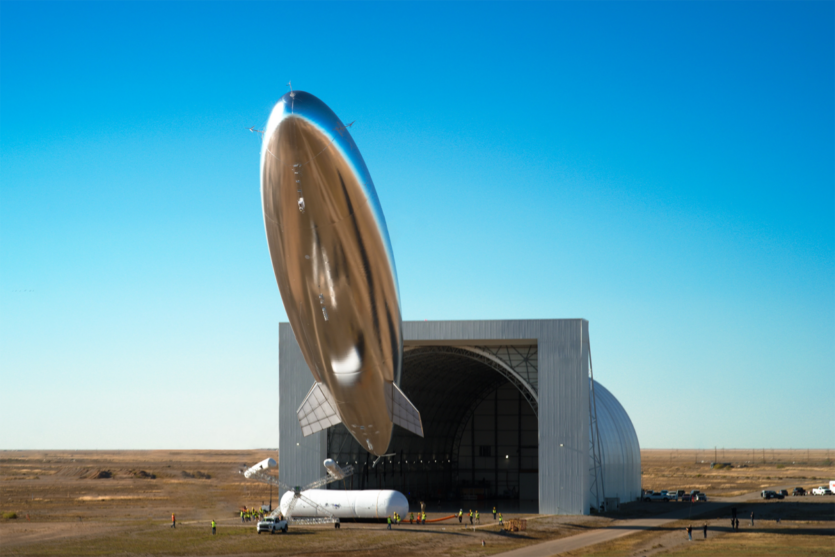
The American aerospace startup Sceye will launch airships into the stratosphere to provide high-speed Internet access and connectivity to remote areas and natural disaster zones.
It is noted that the startup has just received funding from the global media corporation SoftBank Corp. The investment includes the acquisition of rights to a pre-commercial flight of atmospheric platforms (HAPS) in Japan, scheduled for 2026.
It is assumed that in the event of large-scale natural disasters, in particular, powerful earthquakes, this system provide stable high-speed communication from the stratosphere In addition, it will expand access to the Internet in difficult conditions, including mountainous terrain, remote areas and other areas where standard terrestrial networks cannot reach.
«SoftBank has extensive experience in extraterrestrial communications and has long promoted the stratosphere as the next frontier for solving some of the world’s most pressing problems», — explains Sceye CEO and founder Mikkel Vestergaard Frandsen.
Sceye airships will provide communications from the stratosphere at an altitude of 18-20 kilometers. This will avoid the limitations of the lower atmosphere, providing wide coverage and stable communication.
Sceye’s fully autonomous aircraft can stay in the air for several months to a year using helium. The system is powered by powerful solar panels, which also power high-density lithium-sulfur batteries (425 Wh/kg) for continuous operation overnight
On-board electronics include computers and sensors to monitor system status and control power supply The system is «1500 times more gas-tight, resistant to UV and ozone. It has completed more than 20 test flights.
The benefits of the system include higher speed communication, lower latency and more flexible deployment compared to satellite systems. At the same time SoftBank is simultaneously developing its own large HAPS platform of the «heavier-than-air» (HTA) — fixed-wing aircraft type that uses aerodynamic lift. The goal is to use this technology for future commercial services.
Source: Interesting Engineering

Spelling error report
The following text will be sent to our editors: